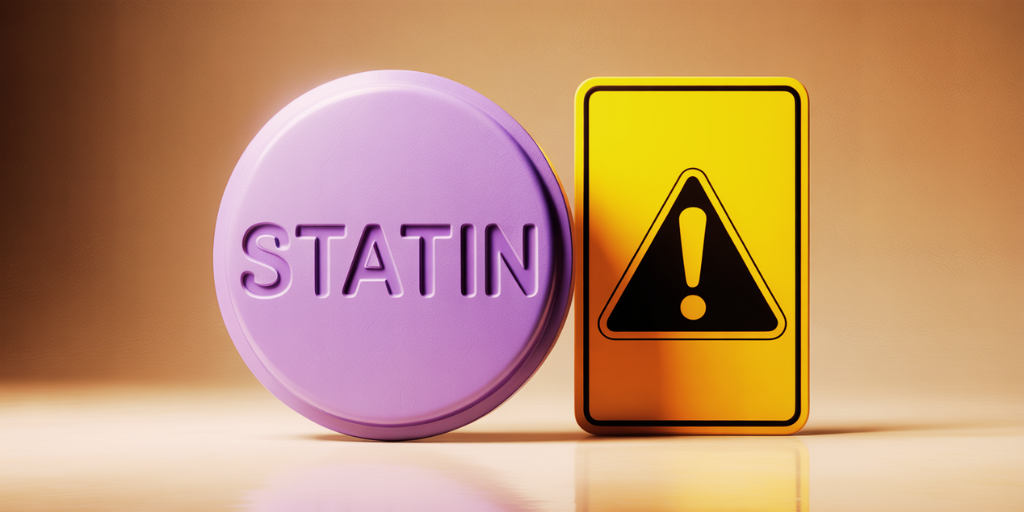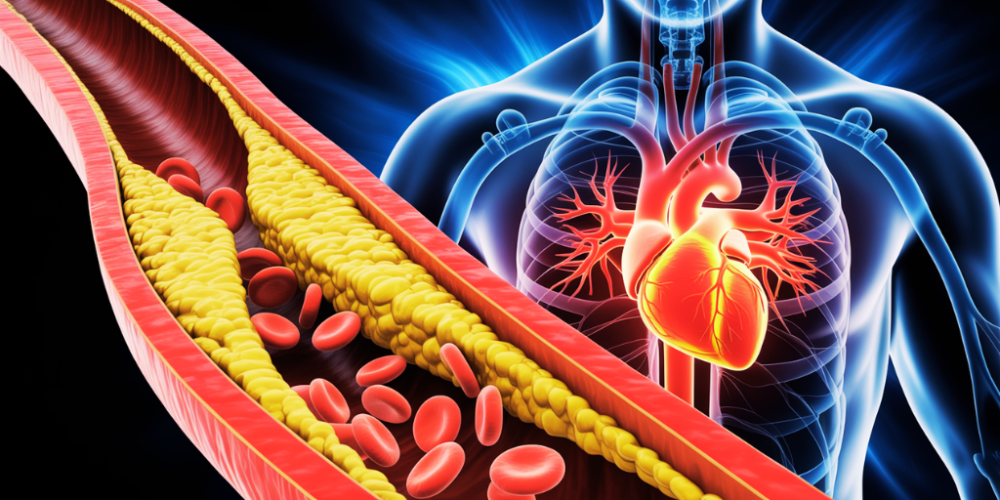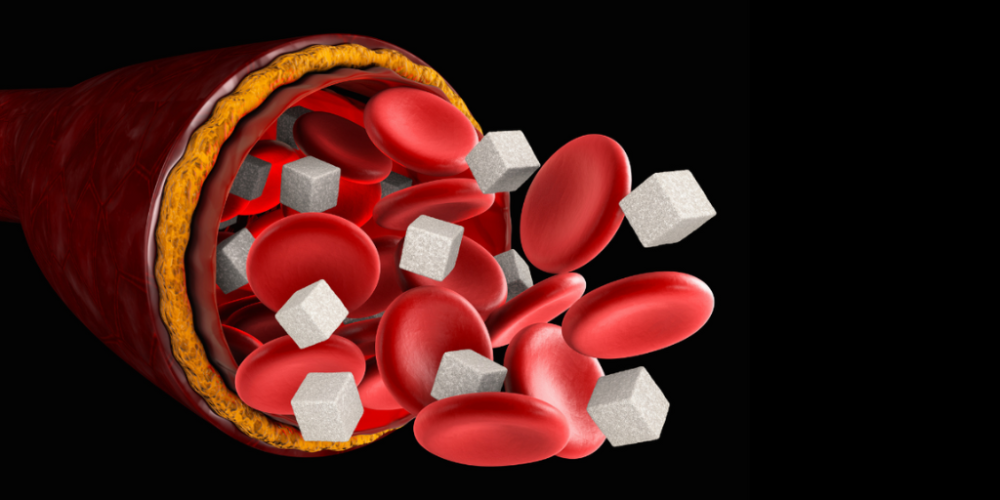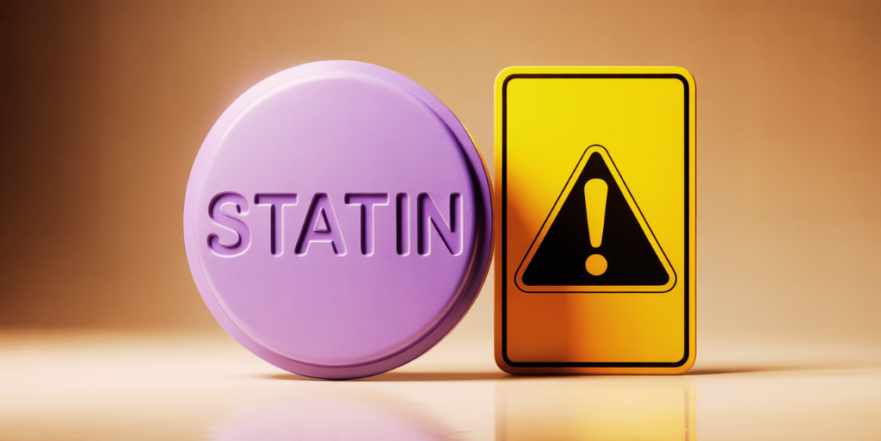
Lowering your cholesterol doesn’t always stop heart attacks. I know that sounds completely backward, and it’s probably not something you’ve heard from your doctor. But I’ve seen it too many times: a patient’s LDL cholesterol drops, the doctor smiles, the patient feels safe, and then they end up in the emergency room with a heart attack. They did everything they were told, took the statin, and hit the target number, yet the worst still happened. Why? Because the number isn’t the real problem, and lowering it isn’t always the solution.
This isn’t about fear or blame. It’s about giving you the full picture so you can make smarter choices for your health. We’re going to look past the oversimplified story you’ve been told about cholesterol and uncover what really drives heart attack risk. It’s time to understand what’s happening inside your arteries, what statins actually do, and how you can truly protect yourself instead of blindly chasing a number. (This article draws on the expertise of Dr. Fred Brewer)
Key Takeaways
- High LDL cholesterol is often just a signal, not the root cause of a heart attack.
- The real danger is chronic inflammation inside your artery walls, which makes plaque unstable and likely to rupture.
- Nearly half of all people hospitalized for a heart attack have “normal” LDL cholesterol levels.
- Statins can be useful for certain people, but they are not a one-size-fits-all solution and come with significant trade-offs.
- A truly effective heart health plan addresses the root causes: inflammation and metabolic dysfunction, through targeted changes in sleep, diet, movement, and stress management.
1. The Big Misconception: Why LDL Isn’t the Whole Story

For decades, you’ve been told that cholesterol clogs your arteries like grease in a pipe. The story goes that if you lower your LDL (the “bad” cholesterol), you clear the pipe and prevent a blockage. But that’s a dangerously incomplete picture. Your arteries are not inanimate pipes; they are living, reactive tissues. The real problem begins when the inner lining of your arteries becomes inflamed.
This inflammation is what makes plaque dangerous. Plaque builds up slowly within the artery wall, and when it’s inflamed, it becomes weak and unstable, like a pimple under pressure. Eventually, it can crack open or rupture. Your body sees this rupture as an injury and rushes to form a patch to stop the bleeding—a blood clot. While this is a brilliant healing mechanism elsewhere, inside a critical artery, that clot can instantly block blood flow. When blood stops flowing to the heart, that’s a heart attack. Here’s the part that gets ignored: this process can happen even if your LDL levels are in the “safe” zone. In fact, studies have shown that about half the people who arrive at the hospital with a heart attack have normal LDL cholesterol.
2. Uncovering the Real Culprit: Inflammation and Metabolic Health

If LDL isn’t the main villain, what is? The answer is chronic inflammation and metabolic dysfunction. When we look beyond a basic cholesterol panel, we often find the true drivers of risk. This requires more advanced testing that most doctors don’t run routinely. These tests measure markers like:
- C-Reactive Protein (CRP): A general marker of inflammation in the body.
- Myeloperoxidase (MPO): An enzyme that indicates oxidative stress specifically in the arteries.
- Lp-PLA2: An enzyme that signals inflammation happening directly inside the vessel wall, where plaque forms.
Often, the root of this inflammation is an underlying metabolic problem, like insulin resistance or undiagnosed diabetes. This is what we see all the time: someone has a heart attack, and only then do they discover they’ve had sky-high insulin and blood sugar issues for years. This metabolic dysfunction has been silently damaging their artery walls, creating the perfect environment for that dangerous, unstable plaque to grow, all while their cholesterol number looked perfectly fine.
3. The Statin Dilemma: Are They a Miracle or a Mismatch?

So, where do statins fit in? Statins absolutely can help some people, particularly those who already have confirmed plaque in their arteries (from a test like a calcium score) or who have already had a heart attack or stroke. This is called “secondary prevention.” In these cases, statins can help stabilize plaque and reduce the risk of a future event.
However, the way their effectiveness is presented is often misleading. You might hear a statin reduces heart attack risk by 30%. That’s a relative number. In absolute terms, the benefit might be much smaller. For example, if 10 out of 100 people with heart disease would have another heart attack, a statin might lower that number to 7. That’s a 30% reduction (3 is 30% of 10), but it’s only a 3% absolute benefit for the whole group. For healthy people with no existing plaque (“primary prevention”), the benefit is even smaller. This doesn’t even account for the side effects, which are real. Statins are known to cause muscle pain and, more concerningly, increase the risk of developing new-onset diabetes by about 9-13%. That’s a serious trade-off you need to be aware of.
4. The System Is Set Up to Fail You

Why is the focus so stuck on LDL? Because the system is built for simplicity and speed, not for comprehensive, personalized care. With doctors often having less than 10 minutes per patient, it’s faster and easier to see a high number, write a prescription for a statin, and move on. Insurance companies reward this because an LDL number is easy to track. Did the number go down? Check. It’s a system that incentivizes hitting a target, not addressing the patient’s whole health picture.
This isn’t to say your doctor is at fault. They are often working under immense pressure from insurance companies, liability concerns, and time constraints. But this reflex prescription model means the deeper conversation about lifestyle, inflammation, and true risk often never happens. It leaves you with a false sense of security, believing a pill is protecting you while the real fire of inflammation continues to burn.
5. Your Action Plan: A Smarter Strategy for Heart Health

Once you understand the real problem, you can build a plan that actually addresses it. This isn’t about a more aggressive prescription; it’s about a smarter strategy. It starts with the fundamentals that control inflammation and metabolic health.
- Prioritize Sleep: Poor sleep is a massive driver of inflammation. Aim for 7-8 hours of consistent, high-quality sleep. Create a wind-down routine, keep your room cool and dark, and avoid screens before bed.
- Eat Real Food: You don’t need a trendy, restrictive diet. Focus on reducing sugar and processed foods while increasing fiber from whole foods. Cook more meals at home and pay attention to how food makes you feel. This is the foundation for controlling blood sugar and insulin.
- Move Intelligently: Your body needs more than just a daily walk. A powerful combination includes steady cardio (like walking), resistance training to build metabolically active muscle, and short bursts of high-intensity interval training to improve cardiovascular function.
- Manage Stress: Chronic stress keeps your body in a state of high alert, fueling inflammation. Incorporate small, intentional practices like a few minutes of deep breathing, taking deliberate breaks, and spending time in nature.

In some cases, this plan can be supported with targeted supplements like high-quality Omega-3s to cool inflammation or even a low-dose statin used strategically to stabilize plaque, not just to chase an LDL number. The key is that these are tools used as part of a comprehensive plan, with progress measured by inflammation markers, not just cholesterol.
Conclusion
It’s time to change the conversation about heart health. Your body is not a simple machine, and your health can’t be summarized by a single number on a lab report. By shifting your focus from chasing a “perfect” cholesterol score to tackling the root causes of inflammation and metabolic disease, you move from being a passive patient to an active, informed partner in your own health. You stop fighting your body and start working with it. That is when you begin to build real, lasting health and finally gain the peace of mind you deserve.
Source: Dr. Fred Brewer

